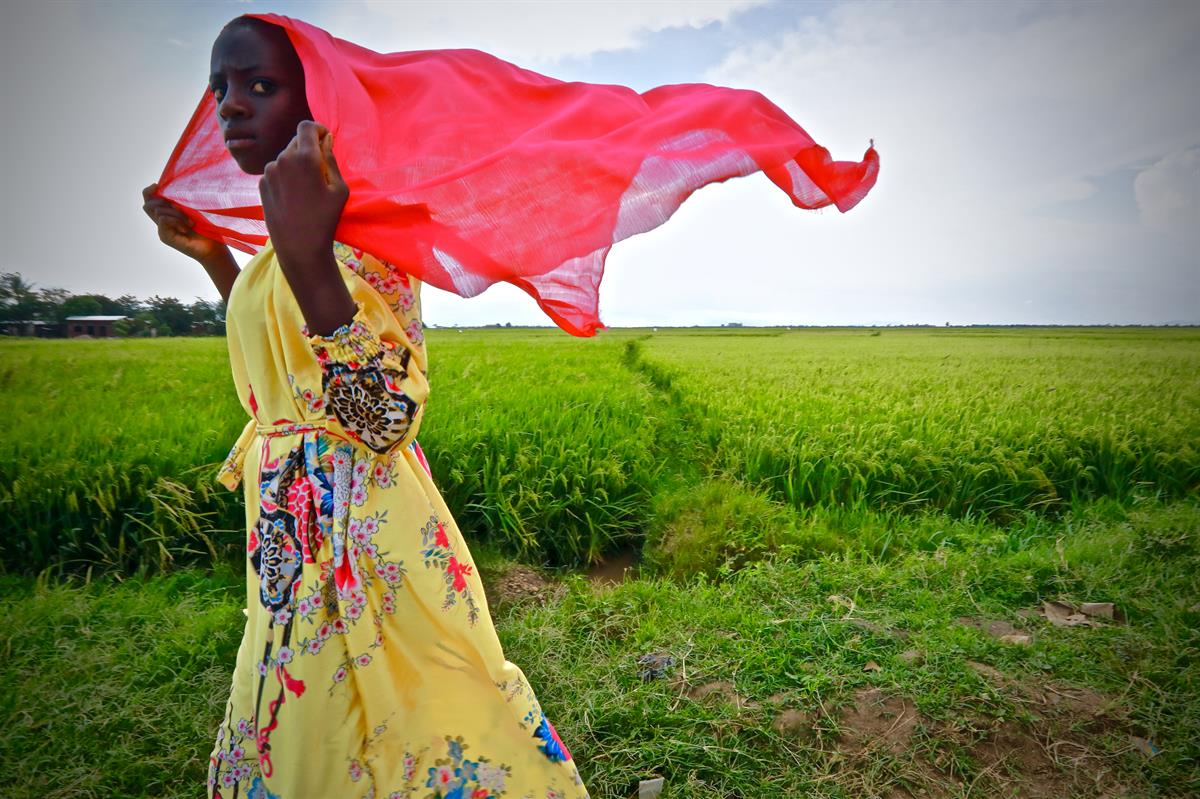AVSI and the Red Cross have been key European Union partners in Burundi and they were invited to share their experience at the conference “Supporting resilience – good practices and lessons learned from the EU’s rural development programming in Burundi” (Brussels, 4th October 2019).
In the country, AVSI is implementing the Tubehoneza (in the local language: living well, well-being for everybody) project funded by the European Union to support community resilience at Buyenzi, in the Bujumbura Rural Province.
AVSI is the leader of the consortium with Caritas Belgique and Vétérinaires sans frontières Belgique, which is one of the five consortia involved to implement the program across Burundi. From a technical point of view, AVSI is in charge of the activities implemented to prevent and to treat undernutrition among women of childbearing age and children under five years. Caritas is responsible for the activities related to family farms and rural development. Vétérinaires sans frontières is responsible for the activities related to livestock production and the consolidation of producers' organizations.
To target and measure the rank of vulnerability and resilience, AVSI proposed two innovative methodologies:
- PWR Participatory Wealth Ranking to identify beneficiaries
- HVAT Household Vulnerability Assessment Tool to measure household vulnerability and progress towards resilience.
The HVAT (Household Vulnerability Assessment Tool) was developed by AVSI in Uganda with the aim to give a vulnerability score for each household and record its evolution. This tool has the great advantage to be flexible: it can be modeled considering the basic situation of each household, identifying indicators of changes that the project activities could produce. Its peculiarity is to take into consideration different areas of vulnerability and to give a holistic view to vulnerability. It is helpful to understand if the planned activities are really improving the quality of life of the beneficiaries taking into accounts 6 areas of vulnerability:
- economy
- food security & nutrition
- health – water – sanitation – shelter
- education
- psychosocial support
- basic care
- energy
HVAT is an innovative tool to measure household vulnerability/resilience, considering many vulnerability dimensions and factors.
The first lesson learnt on the use of these tools is the participatory approach. The community is protagonist in the identification of the beneficiaries of the project: groups composed by administrative leaders, religious leaders and civil society leaders are the ones telling us who are the families in need. This approach gives ownership to the community and increases social cohesion. Moreover, the criteria for the wellbeing of the people are not exogenous, but are conceived by the beneficiaries themselves.
In a very sensitive and dynamic context, like the Burundian one, the two tools proposed can give the directions on how to reach resilience and can help operators to work with the people and for the people.
